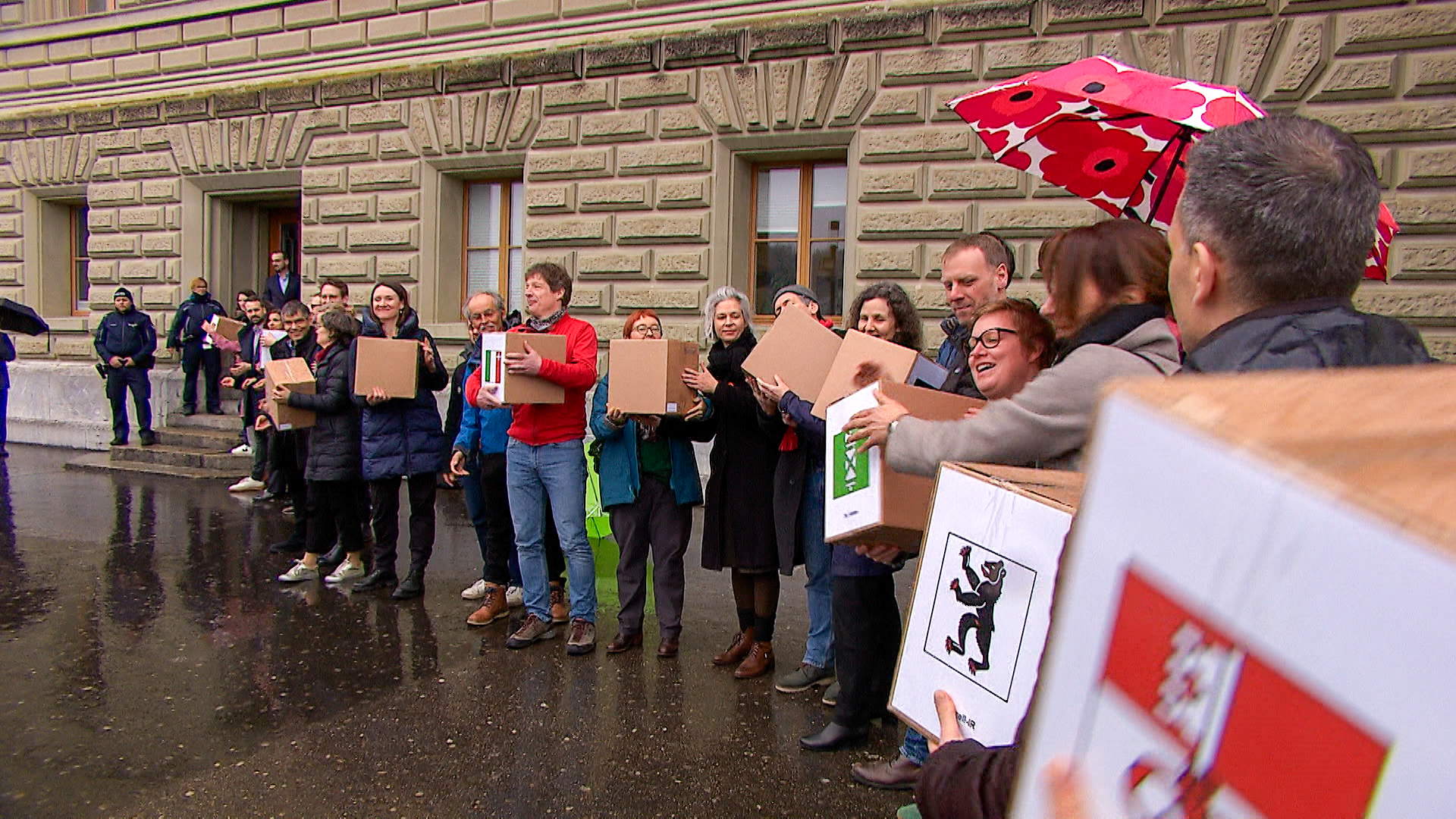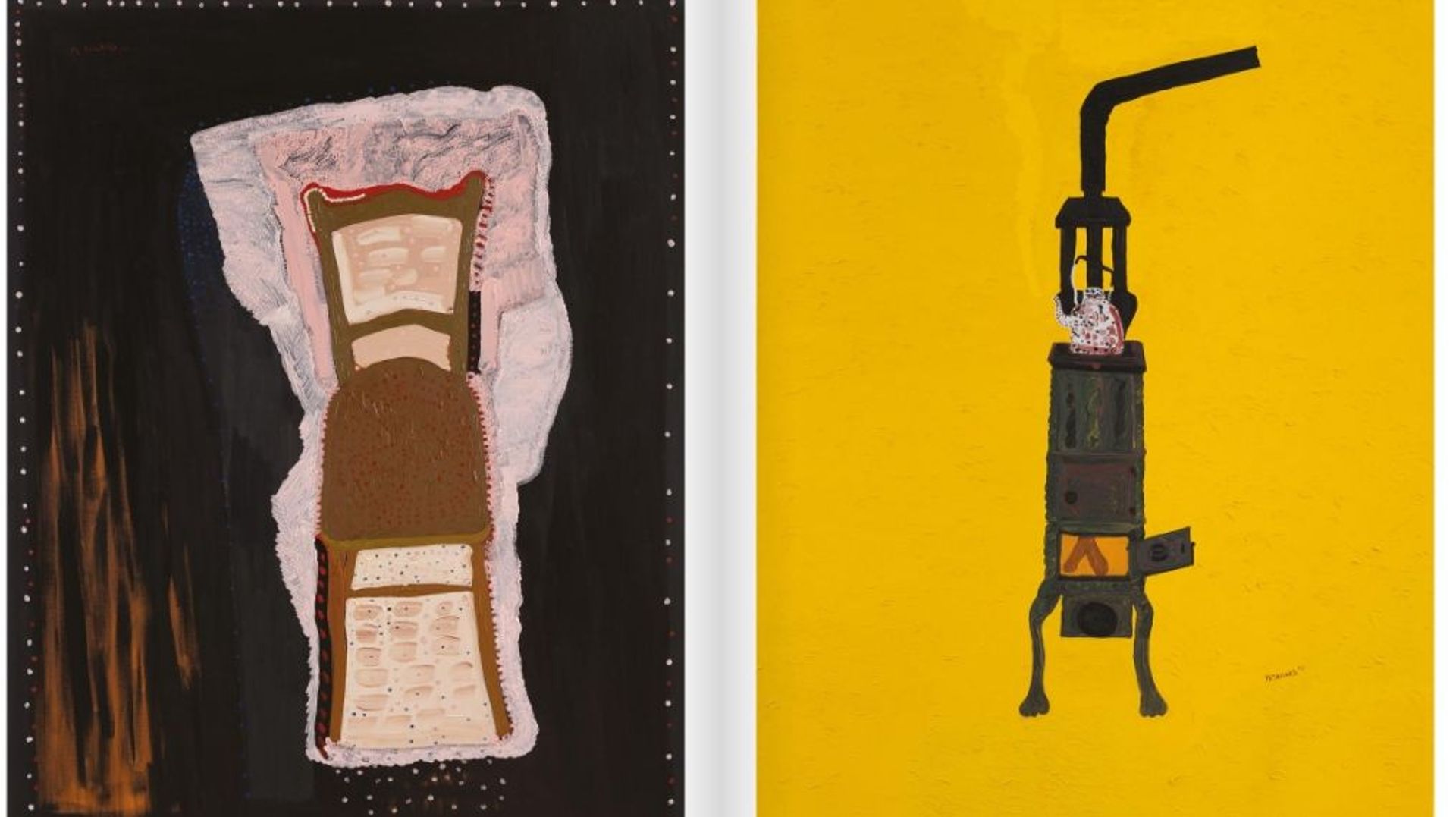
Project parses 30,000 chords to find Beethoven’s ‘statistical signature’

EPFL researchers have analysed every note and chord of Beethoven’s string quartets in order to provide a statistical answer as to what makes Ludwig Van so unique.
Not content to just enjoy the ebbs and flows of classical music’s most eminent figure, the researchers from the Federal Institute of Technology Lausanne (EPFL) delved into the scores of all 16 of Beethoven’s string quartets to find the maestro’s “statistical signature”.
The project, run by EPFL’s Digital and Cognitive Musicology Lab (DCML), was one of a growing field in digital humanities being used to advance understanding of things like paintings, literary texts, and music.
“New state-of-the-art methods in statistics and data science make it possible for us to analyse music in ways that were out of reach for traditional musicology,” said DCML’s Martin Rohrmeier in a press releaseExternal link.
“The aim of our lab is to understand how music works.”
How does it work? In the case of Beethoven, at least, the findings are that very few chords make up the bulk of the quartets, and that most of these chords are of the dominant and tonic type; chords which have central roles in building up tension and release in musical progression (see video).
Unsurprisingly, the report found that “the most frequent transition from one chord to the next happens from the dominant to the tonic”, while researchers also found that “chords strongly select for their order and, thus, define the direction of musical time”.
As for Beethoven’s statistical uniqueness in this respect, it’s difficult to say, as identities are generally based upon comparison with others. The researchers plan to extend their datasets to include “a broad range of composers and historical periods”.
The results of this project – “Statistical characteristics of tonal harmony; a corpus study of Beethoven’s string quartets” – were published on Thursday in the PLOS ONEExternal link journal.

In compliance with the JTI standards
More: SWI swissinfo.ch certified by the Journalism Trust Initiative
















![The four-metre-long painting "Sonntag der Bergbauern" [Sunday of the Mountain Farmers, 1923-24/26] had to be removed by a crane from the German Chancellery in Berlin for the exhibition in Bern.](https://www.swissinfo.ch/content/wp-content/uploads/sites/13/2025/12/01_Pressebild_KirchnerxKirchner.jpg?ver=bb19e376)














You can find an overview of ongoing debates with our journalists here . Please join us!
If you want to start a conversation about a topic raised in this article or want to report factual errors, email us at english@swissinfo.ch.